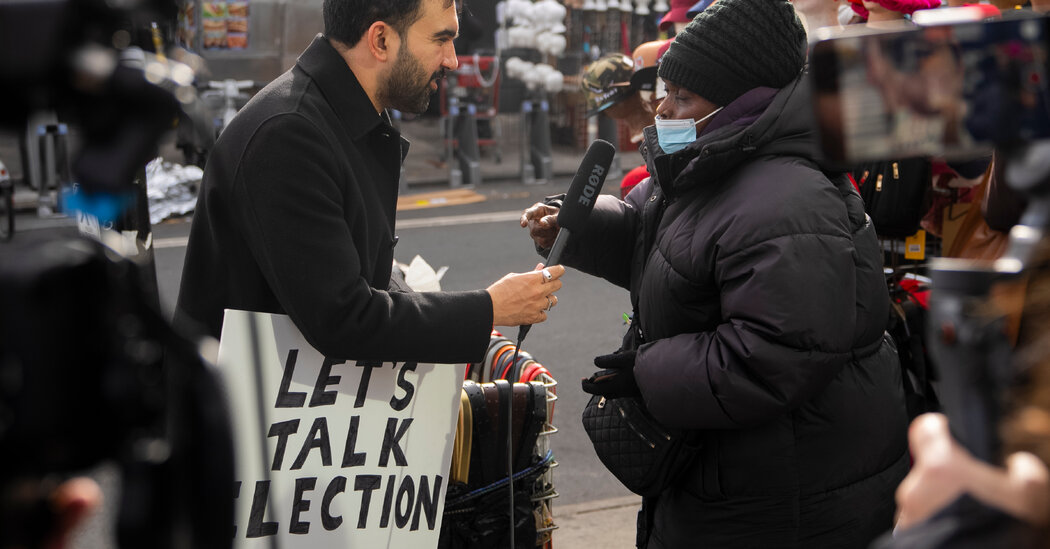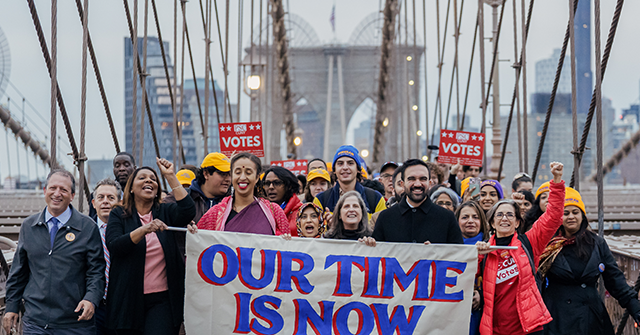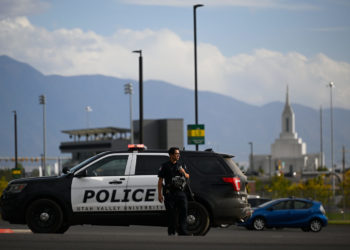In the Democratic primary and in the general election, Zohran Mamdani, New York City’s mayor-elect, prevailed over former Gov. Andrew M. Cuomo in Manhattan, Queens and Brooklyn and lost Staten Island. But the Bronx was a different story.
Though the results are not finalized and the primary electorate was far smaller, Mr. Mamdani was ahead of Mr. Cuomo in the Bronx by 11 percentage points with 93 percent of general-election votes counted — a large swing from June, when Mr. Cuomo won the borough by 18 percentage points.
Compared with the June results, Mr. Mamdani nearly doubled his share of the vote in Bronx precincts where at least 60 percent of residents are Black, surging from about 28 percent of those ballots to about 53 percent. He similarly gained ground in the borough’s Hispanic precincts, increasing his share of the vote from 41 percent to 53 percent.
Even before he began his mayoral campaign, Mr. Mamdani made a point of speaking to voters in corners of New York City that are often overlooked, including working-class and poor neighborhoods in the Bronx. In areas of the borough where the median household income is less than $75,000 a year, Mr. Mamdani went from winning 40 percent of the vote in the primary to securing 54 percent in the general.
His first burst of fame came shortly after President Trump recaptured the White House last November. Wanting to understand the moment better, Mr. Mamdani, then a little-known state lawmaker, traveled to Fordham Road to hear from New Yorkers about why they had supported Mr. Trump or, disillusioned by politics, had not voted at all.
Residents’ frustrations about the cost of groceries and their feeling of being left behind by the government animated Mr. Mamdani’s campaign, and he kept returning to those neighborhoods even after he lost the Bronx by a large margin in the primary.
His fortitude and focused messaging appears to have paid off.
“He has a vision for the public, what the public is really demanding right now, the issues that we are facing right now — global issues, national issues, city issues.” said Jamal Hussain, 45, a Bangladeshi American small-business owner who lives in the Parkchester neighborhood. “Mr. Cuomo was already the governor, and he was a failure.”
Mr. Mamdani, who is Muslim and spoke passionately about his faith during the campaign, visited dozens of mosques across the city, including many in the Bronx, and his canvassers knocked on doors all over the borough.
Mr. Cuomo also made stops in the Bronx ahead of the general election, visiting Co-op City, the sprawling middle-income housing complex, as well as local churches and some mosques. But his outreach proved far less aggressive.
Mr. Mamdani “sets a good example for the young people,” said Aziz Tareb, 56, a landlord who supported the candidate despite some misgivings about his rent-freeze proposals.
“For us it’s a big thing to have a Muslim mayor — of course it is,” Mr. Tareb said, adding that “every mayor comes in and the first thing they talk about is going to Israel.” Mr. Mamdani, he said, “cares about who lives in New York, and that’s it.”
Though Mr. Mamdani made inroads in the borough, many voters in different parts of the Bronx expressed wariness of politicians, even those they agree with. At the Bronx Night Market on a recent Saturday, Samantha Rodriguez, 40, a Throgs Neck resident, said Mr. Mamdani represented the best choice in a pool of bad options. The fact “that he’s a politician is the biggest red flag,” she said.
Still, she backed him.
“I appreciate not just what he says, but the actual steps he’s taken, like the free bus pilot,” she said. Ms. Rodriguez added that she also liked Mr. Mamdani’s policies on public schools and social services.
“I love that he said that he stands with the Palestinians,” she added.
Wes Parnell and Molly Longman contributed reporting.
Benjamin Oreskes is a reporter covering New York State politics and government for The Times.
Jeff Adelson is a reporter on The Times’s data journalism team who specializes in using demographic data to explore social trends, population dynamics and the effects of policy.
The post Why the Bronx Swung Toward Mamdani in the General Election appeared first on New York Times.




